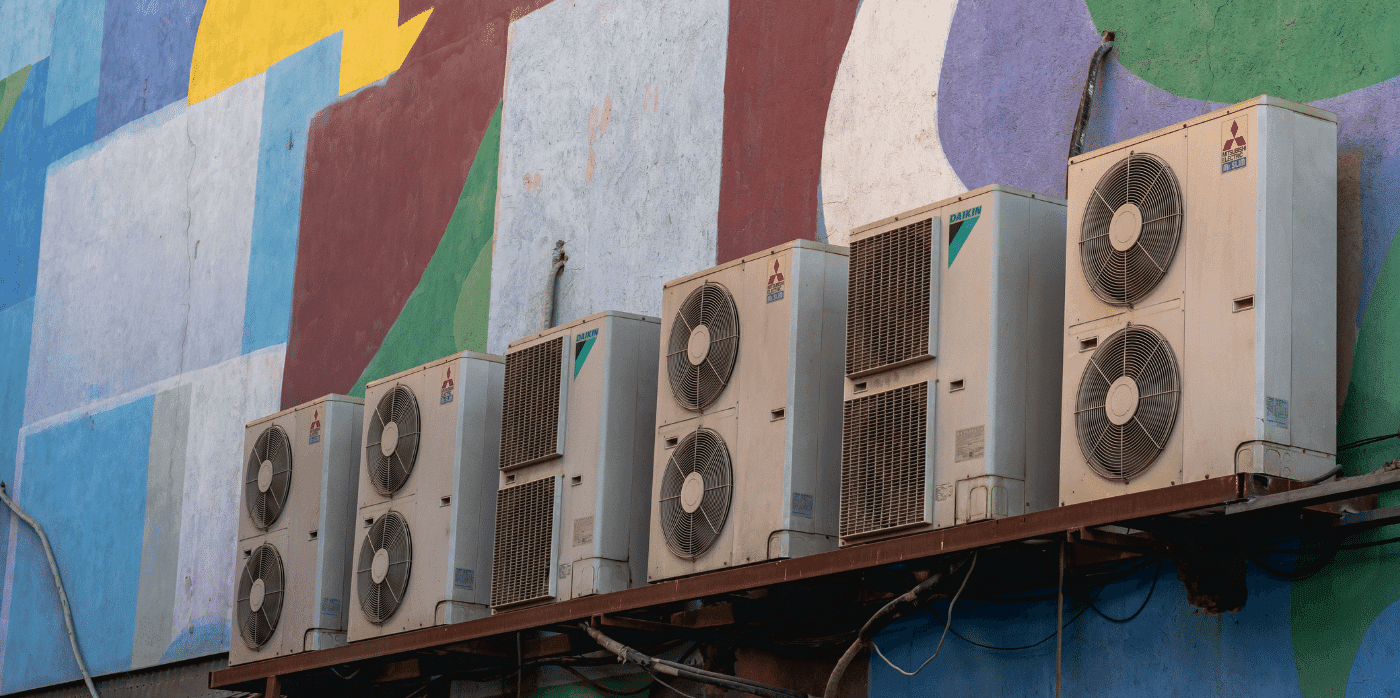Spotted: As global temperatures continue to rise, the demand for air conditioning is skyrocketing. In fact, according to a recent study, the use of air conditioners is expected to quadruple by 2050. This increased demand will not only strain the world’s energy resources – it will also contribute to greenhouse gas emissions. In response, engineers in China and Germany have designed a new type of foam made from wood-based cellulose nanocrystals.
The new foam is lightweight and reflective, meaning it can deflect solar radiation and allow heat to escape. The material is also thermally insulating. In fact, during trials the material reflected 96 per cent of sunlight and emitted over 90 per cent of the infrared radiation absorbed. If widely adopted, this technology could help to reduce the cooling energy needs of buildings by more than a third. As the world looks for ways to mitigate the effects of climate change, this foam has the potential to be a game-changer.
When placed over an aluminum foil-lined box, the researchers found that the material was able to keep the temperature inside the box 16 degrees Fahrenheit cooler than the outside. And when the air was humid, the material kept the inside of the box 13 degrees Fahrenheit cooler. The team estimates that placing the foam on the roof and exterior walls of a building could reduce its cooling costs by up to 30 per cent. So far, the material has only been tested in small spaces. But if it can be scaled up to commercial applications, it could provide a much-needed break for our overburdened air conditioners.
The researchers believe the foam can be adapted to work in a wide range of environments, making it an ideal solution for a variety of applications.
The study also provides an important proof of concept for the use of cellulose-based materials in thermal management, and it is hoped that this technology will eventually lead to significant reductions in energy consumption.
Other recent heating and cooling innovations spotted by Springwise include a smart building management system that heats and cools offices as needed, a smart roof coating for better energy saving, and a window coating that blocks infrared light.
Written By: Katrina Lane
26th May 2022
Email: kai.zhang@uni-goettingen.de
Website: pubs.acs.org

